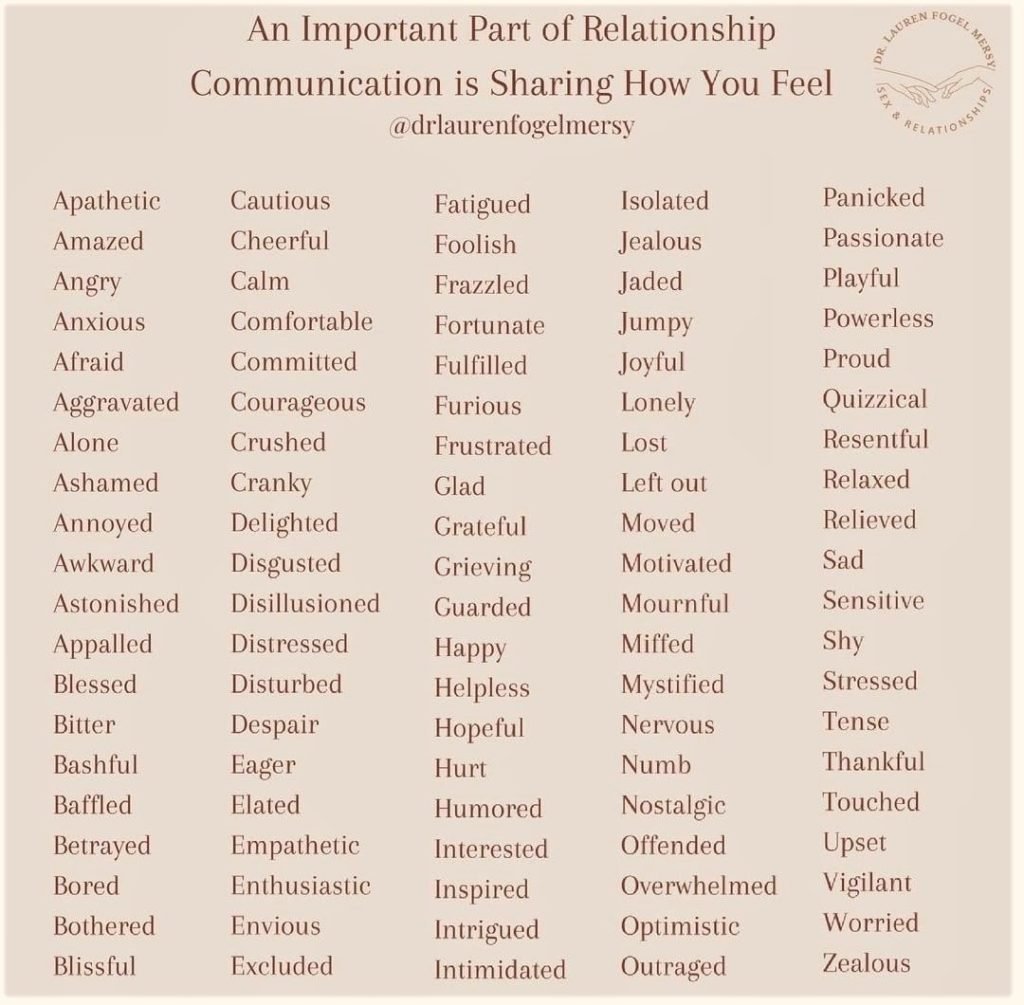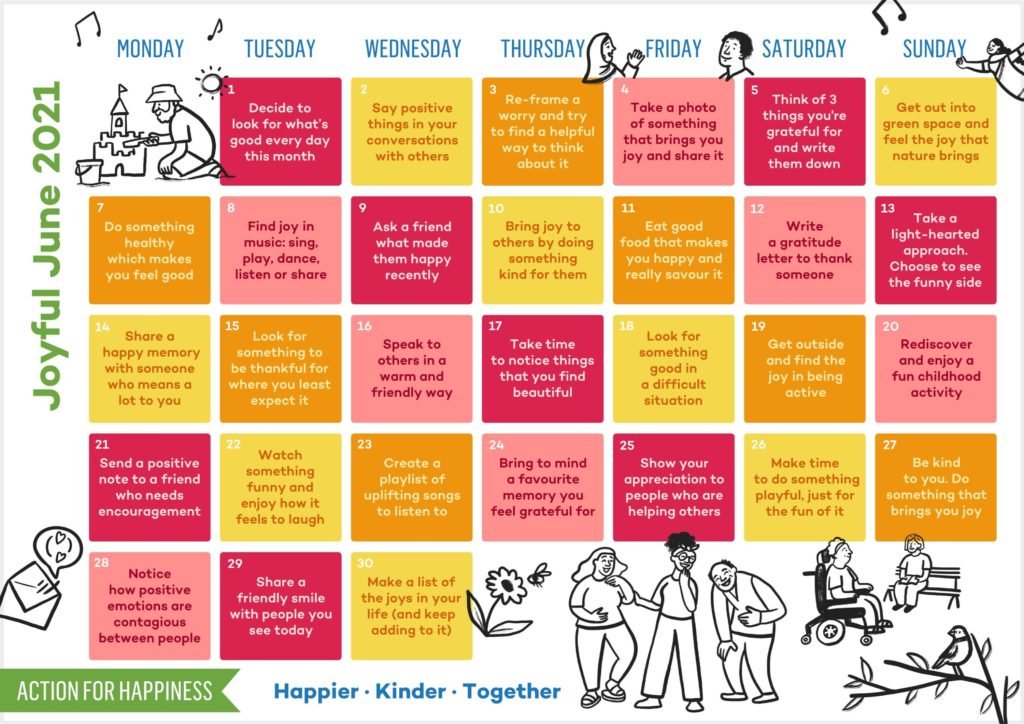An important part of relationship communication is sharing how you feel. What emotions do you feel? Share that with feeling with others.

An important part of relationship communication is sharing how you feel. What emotions do you feel? Share that with feeling with others.

June is the month of Joy! See Joy every where you go, every day!

I was approached by the PR department of Herman Law asking if I’d share their article on “How to help a child who has been sexually abused?”. This is a really dark, heavy and painful subject. However, I do feel that this is a responsibility that we all have, as human beings, to stop child sex abuse, and help the victims and their families from this horrible ordeal.
Their link on “How to help a child who has been sexually abused” is as follows. If I come across other helpful resources regarding this painful subject, I’ll post their links below in the future as well.
Child sex abuse – Helping a child who has been sexually abused
My Brain Type is No. 12, according to BrainMD’s Brain Health Assessment
I have laser-sharp focus, but it has to be something that I’m interested in. So true on that….
Source(s):
https://www.rebelhealthtribe.com – Brain and Neuroscience Masterclass
The main reasons causing Alzheimer’s and dementia are your diet and lifestyle choices, and NOT genetics, as it was erroneous believed to be so in the past.
What this means is that if you eat a healthy diet and live a healthy lifestyle, then you can drastically reduce your risk of getting Alzheimer’s disease and dementia later on in life.
4 Top Brain Myths:
10 Brain Breakthroughs:
Source(s): https://news.llu.edu/patient-care/prevention-new-treatment-for-alzheimer-s-disease
Source(s): https://brain.foodrevolution.org/masterclass/watch/